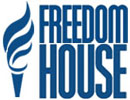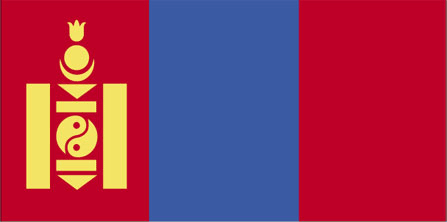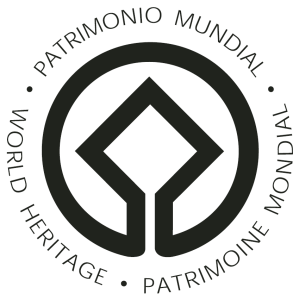For decades Mongolia, landlocked between Russia and China, was an isolated and mysterious land, rarely visited by outsiders. In recent years that has begun to change however, with the country's popularity among travellers increasing all the time, particularly as perhaps the most memorable and unique stop on the Trans-Mongolian Railway between Moscow and Beijing. Mongolia is the world's least densely populated country, a fact that will be instantly obvious as you travel through the undisturbed open landscapes, deserted save for the odd ger camp and nomadic family. In fact heading to the countryside and staying in a ger tent is the quintessential Mongolian experience as you begin to understand the nomadic life pursued by many Mongolians and explore landscape on foot or horseback. The north of Mongolia is characterised by lush green hills and valleys, lakes and unusual rock formations, while in the south lies the vast expanse of the arid Gobi Desert. Back in town, Mongolia's capital Ulaan Bataar is a unique and fascinating, if not beautiful, city, where there is much to experience of Mongolia's culture and history, and the country's Buddhist traditions are experiencing a resurgence after decades of repression. Explore in depth highlights of Mongolia.
| Tours | Unesco WHS | Guidebooks |
|---|---|---|
| groups tours with set departures |
World Heritage Sites | country, regions and cities |
| Time zone: | GMT +8 (Mongolia standard time) | Daylight savings: None |
|---|
| Main languages: | Mongolian |
|---|
| Other languages: | Kazakh, Khalkha, Russian, Turkic |
|---|
| Currency: |
togrog/tugriks (MNT) €1 = ₮2491, $1 = ₮2233, £1 = ₮2969 (rates as of Sep 2016) |
|---|
| Internet Domain: | .mn | International Dialling Code: 976 |
|---|
For help planning your trip to Mongolia including visas, vaccinations, currency exchange, flights, accomodation and insurance, see our Mongolia trip planning page.
Further information on Mongolia
Discover more about Mongolia - the country's geogrpahy and natural features, an assessment of its status on freedom and rights and data on the country's population and economy.
Geography & Natural Features
Total area: 1,564,116 sq km (9,385 sq km under water)
Coastline: 0 km (landlocked)
Neighbours (border lengths): China (4,677km), Russia (3,543km)
Climate: Continental climate with large daily and seasonal variations in temperature. Best visited between April and October when weather is warm and dry, winters can be bitterly cold.
Highest mountain: Nayramadlin Orgil (Huyten Orgil) (4,374m)
Freedom & Rights
Summary status and rankings for Mongolia from classifications of different organisations measuring political and economic freedom, democracy and civil rights. See more details of these rankings.
| Index | Status | Rank | |
|---|---|---|---|
 | Freedom in the World | Free | - |
 | Democracy Index | Flawed democracy | 61/167 |
 | Economic Freedom | Mostly Unfree | 96/179 |
 | Press Freedom | Noticeable problems | 53/179 |
 | ILGA LGBT rights | Limited rights | - |
 | Corruption Perceptions | Medium corruption | 80/174 |
| Overall Ranking: | 60/195 | ||
Other Data & Links
Status: Independent Country
Population: 2,953,190 (rank: 136/196) Density: 1.8 people/sq km (rank: 196/196)
Ethnic groups: Mongol (mostly Khalkha) 94.9%, Turkic (mostly Kazakh) 5%, other (including Chinese and Russian) 0.1% (2000)
Religions: Buddhist Lamaist 50%, Shamanist and Christian 6%, Muslim 4%, none 40% (2004)
GDP (PPP): $17.03 billion GDP per capita: $5,900 (rank: 124/195)
Information derived from the CIA World Factbook. Other country profiles: BBC News.





